Newfoundland - Things you Might Not Know
29.04.2020.
The Newfoundland dog breed is large and strong that was named after their place of origin - Newfoundland, Canada. These dogs were mostly used by local lumberjacks and fishermen for help. Their main job was to help fishermen with fishing nets and help lumberjacks with pulling timber from the forest.
These dogs are large, and we mean large. Their average size is about 56-76 cm (22-30 in) and they weigh up to 80 kg (176 lb). The largest of Newfoundland dogs ever recorded was a staggering 120 kg (260 lb)!
They are built for work - they have an impeccable work ethic and adapt well to working in the water as well as on land. They are extremely responsive and eager to please their owner which makes them both - great working dogs as well as great family pets.
These gentle giants have caught both our hearts and our eyes for decades now and here are some interesting facts you might have not known about these dogs.
-
Gentle giants
We mentioned briefly that these dogs are known as gentle giants. These dogs might be huge but they are extremely cuddly and adorable. They form a strong bond with their family and especially the children. Even though they are very gentle with their family, it would be unwise to underestimate their protective instincts. They are brave and will not hesitate to try and protect you from any danger they might perceive.
-
Brown Newfoundland
Not many people know that these dogs come in several colors that are allowed by the breeds standard. These colors include black, grey, white with black markings and brown. A well-known fact about the Newfoundland dog breed is that their fur color is determined by the B locus. The color black is their dominant color and brown Newfoundlands are determined by recessive genes.
-
Newfoundland dog breeds
These dogs aren’t the only dog breed that has roots and origin in this part of Canada. The most popular dog breed in the world comes from the same parts as Newfoundlands. The Newfoundland and Labrador is a province in North-East Canada and as their names insinuate, two famous dog breeds have been named after the place of their origin.
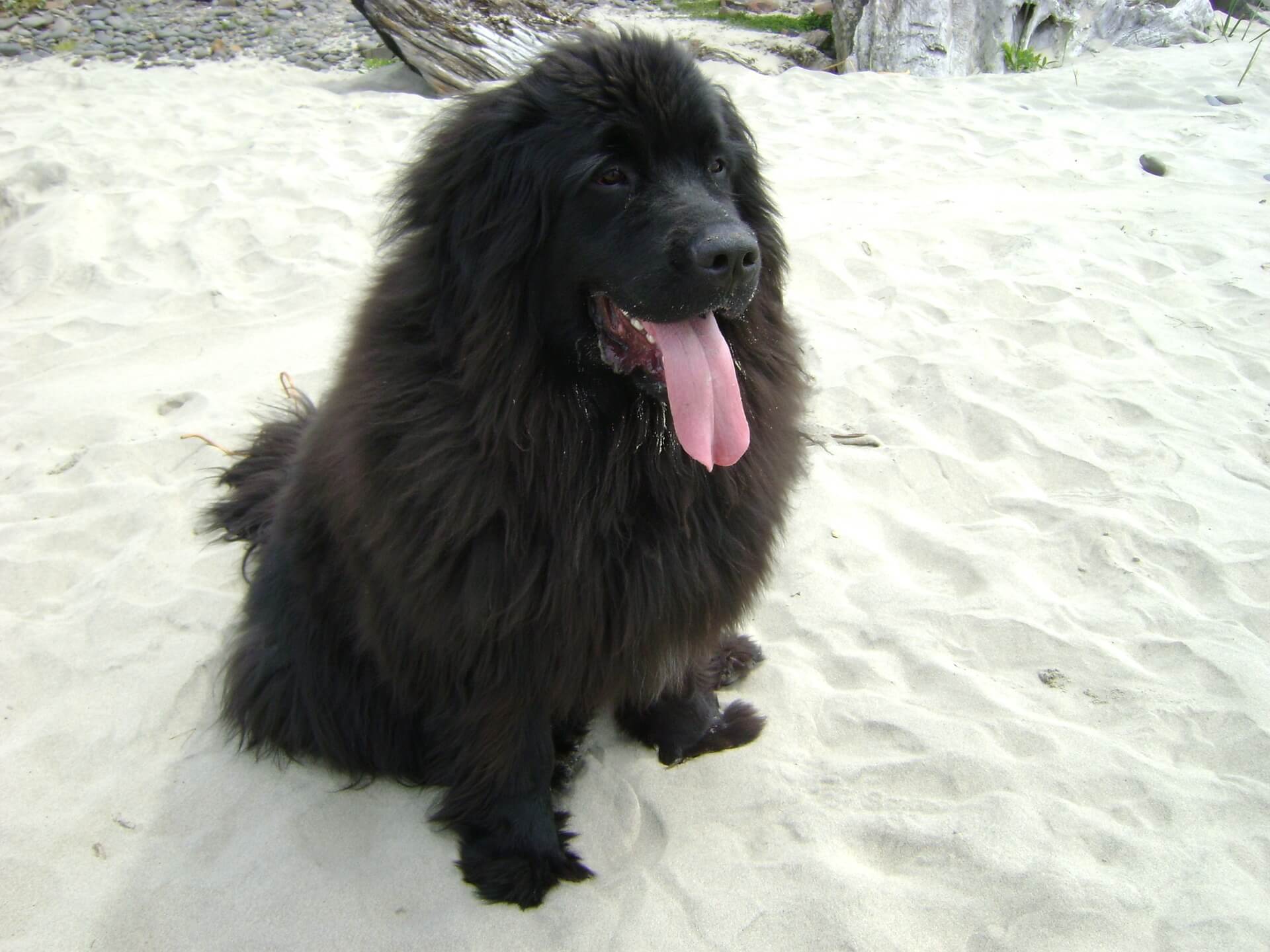
-
Nana the Newfoundland
Certainly, most of us have heard about the famous Peter Pan and his mischievous adventures in Neverland. Wendy, Tinkerbell, Captain Hook, and the Lost Boys are the main characters in that novel but we must not forget the nanny dog called Nana. Nana was Wendy, John, and Michaels’s dog that was their nanny and she was a Newfoundland. It is said that the author J. M. Barrie was so impressed with Newfoundlands and their protective instincts that he decided to put this dog breed in his novel.
-
Natural swimmers
These dogs are natural swimmers. They love water and have worked in and around it for most of their history. They have extremely huge paws and just like the ducks, these dogs have webbed feet! That helps them swim with great ease. Their big muscles and their double coat help them stay afloat and navigate in the toughest of conditions and harshest of waters.
-
Unknown origin
We can be sure about the place of origin of these dogs but how exactly they came to life and who are their ancestors we do not know yet. These dogs have been “discovered” when colonization was allowed at the beginning of the 17th century and English fishermen came to this part of Canada. They found two working dog breeds know as the Greater Newfoundland and the Lesser Newfoundland that was commonly called St. Johns’s dog. The St. John’s dog is the ancestor of the modern-day Labrador Retriever.
We also know that these dogs share a lot of their genetics with a lot of Retrievers such as the Flat-Coated, Golden, Nova Scotia Duck Tolling, and of course the Labrador Retriever.
-
Landseer Newfoundland
The so-called "Landseer" color pattern in these dogs got named after the famous artist by the name of Sir Edwin Henry Landseer. Mr. Landseer used a lot of these unique black and white dogs for inspiration and featured them in many of his paintings. Fédération Cynologique Internationale (FCI) registered the Landseer ("European Continental Type") as a separate breed. They mention that this is a different breed and should not be crossbred with the original Newfoundland.
-
Newfoundland mix
Unfortunately, people are starting to crossbreed these dogs more and more. Many “popular” mixes include this breed and German Shepherds, Border Collies, Rottweilers, Golden Retrievers, and Labradors. We would strongly recommend not to endorse or buy these puppies since it is impossible to know what characteristics will these puppies inherit. This is a wonderful dog breed that has been by our sides for centuries and we should fight to keep it alive and thriving. It is sad to see a lot of crossbred puppies that end up in shelters because of inadequate care and irresponsible breeders.
-
Dogs and children
This breeds nickname is the nanny dog. Since Victorian times, these dogs have been trusted and employed as nannies. They were responsible for watching and caring for younger children. Their reputation as gentle, fun, loving, and caring dogs has been carried across the world and they are still one of the best family dogs out there. They have proven countless times that they can be completely trusted around children despite their enormous size. It is quite funny to see a small child standing next to a full-grown Newfoundland dog.
-
Historic owners
These dogs didn’t become popular recently. A huge number of important historic figures were owners of this dog breed. Two of the United States presidents had Newfoundlands - Lyndon B. Johnson and Ulysses S. Grant. Other famous owners include two famous explorers Lewis and Clark. It is said that these dogs have helped them carrying heavy loads on their adventures. Famous author Emily Dickinson got a brown Newfoundland from her father as a gift to accompany her on her long walks. One of the world’s most famous poets Lord Byron also had one.
World Dog Finder team

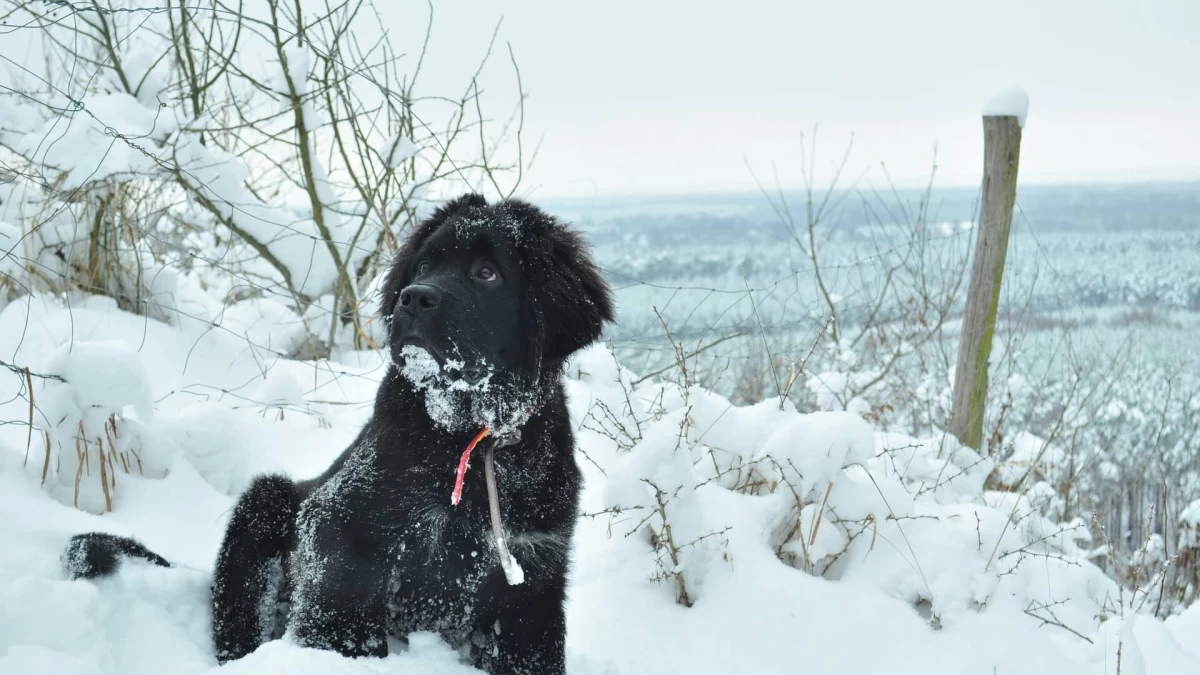
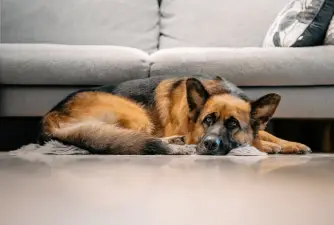
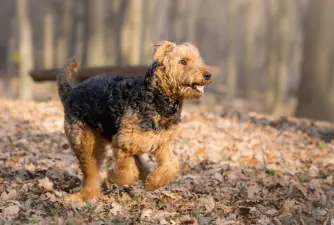
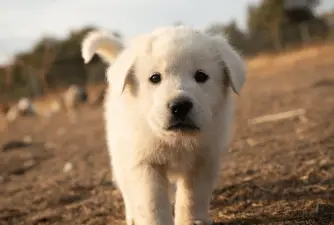


Share